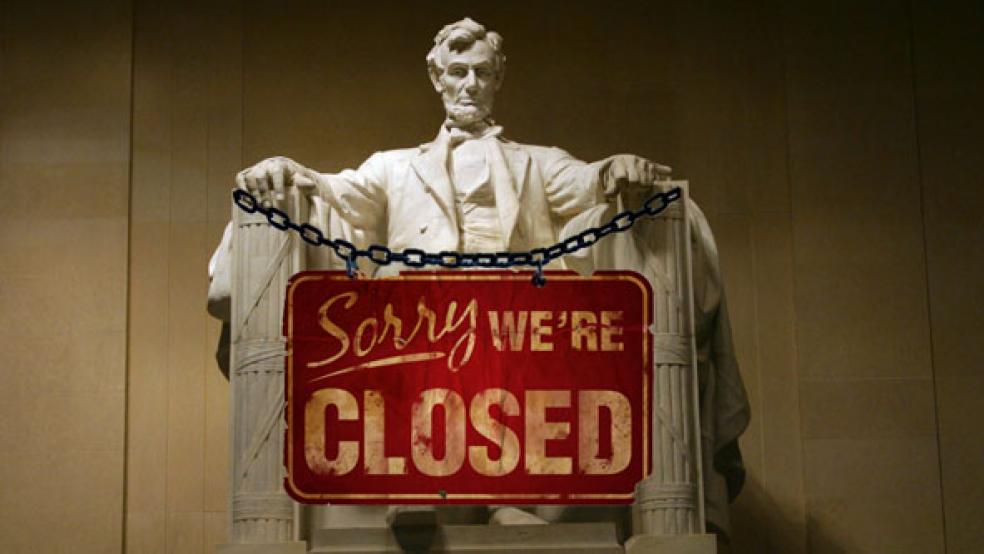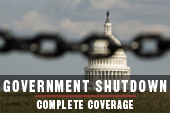As the clock ticks toward a possible government shutdown early next week, many are wondering how that scenario would affect them.
The Office of Management and Budget has asked federal agencies to create contingency procedures by reprising their 2011 plans.
Many government functions and operations won’t change at all. The Department of Defense, for example, would conduct military operations and training exercises, shutdown or not. All 1.4 million active-duty uniformed personnel would remain on the job. They would be paid, although they would likely experience a slight delay.
RELATED: 9 THINGS YOU MUST KNOW ABOUT A GOVERNMENT SHUTDOWN
A partial government shutdown could cut the economy’s annual growth rate in the fourth quarter by 0.2 percentage points, to 2.5 percent, even if a shutdown only last three or four days – that’s according to Moody’s Analytics chief economist Mark Zandi, who spoke to the Senate Budget Committee on Tuesday.
Eight in 10 Americans also believe it would be unacceptable for President Obama or Congress to allow a government shutdown during budget negotiations in order to achieve their goals, according to the latest New York Times/CBS News poll.
While history isn’t always a flawless guide for the future, it can nevertheless be useful to know what happened in the past. Here are some of the effects of the three-week shutdown that occurred in 1995-1996 – all of which could be repeated:
1. New patients were no longer accepted into clinical research at the National Institutes of Health. In addition, NIH disease hotlines and CDC disease surveillance were stopped.
2. Work on more than 3,500 bankruptcy cases in the federal court system was suspended.
3. Hundreds of thousands of “non-essential” federal workers were furloughed for three weeks, from mid-December 1995 to early January of 1996. (Some of those workers eventually received back pay for their missed days.)
4. Of $18 billion in Washington, D.C., area federal contracts, $3.7 billion (over 20 percent) were affected adversely by the funding lapse.
5. Some 368 National Park Service sites closed — a loss of 7 million visitors. The National Park Service administers 84.4 million acres of federal land in 49 states and other federal territories.
6. National museums and monuments closed, including the Smithsonian and other government buildings, with an estimated loss of about 2 million visitors.
7. Over 600 toxic waste dump sites went untended during the last shutdown. Some 2,400 Superfund employees did not work.
8. The recruiting and testing of new law enforcement officials – including 400 Border Patrol agents – were suspended.
9. During the last shutdown, 20,000 to 30,000 applications for visas by foreigners went unprocessed each day, along with 200,000 applications for U.S. passports. Airlines also suffered: Many prospective travelers were unable to fly.
10. The Department of Veterans Affairs had to cut many of its services, including health care, welfare, travel, and finance; the department could not process compensation claims.
11. The shutdown in 1995 meant a delay in processing alcohol, tobacco, firearms, and explosives applications by the Bureau of Alcohol, Tobacco, and Firearms (ATF).
12. The National Weather Service did not produce its regular reports during the 1995-1996 shutdown.
13. New Social Security claims were not processed because the agency furloughed over 61,000 employees. As the shutdown continued, the agency regrouped, recalling workers to start processing new claims again.






